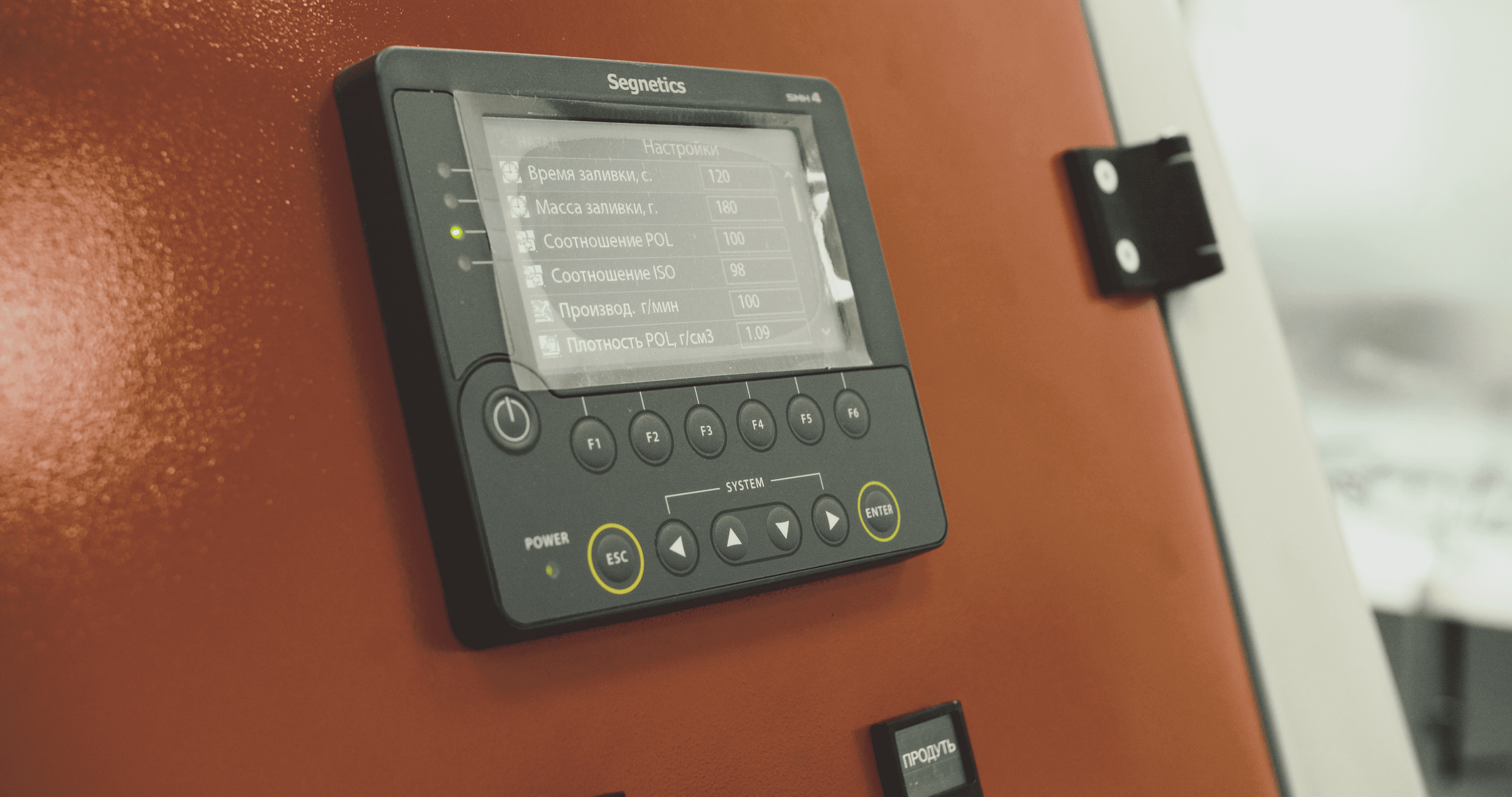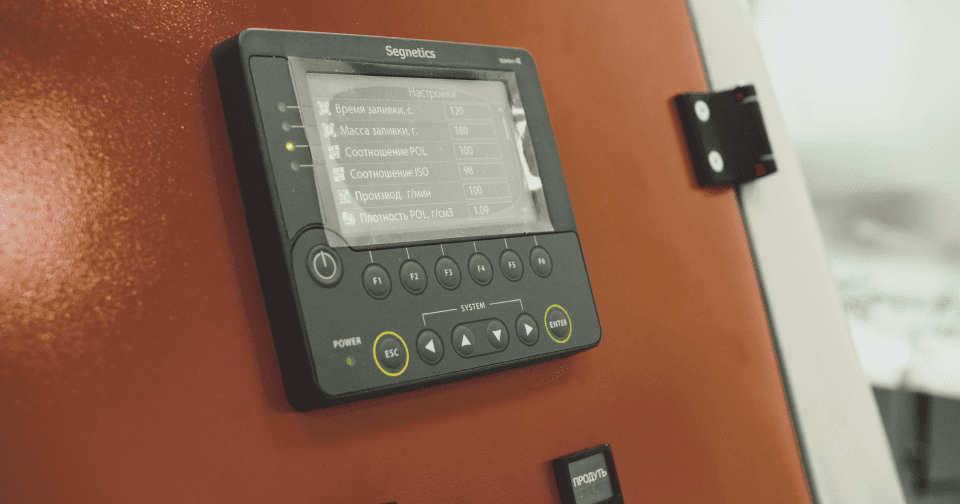

Types of Prototyping: Exploring the Stages of Innovation
Types of Prototyping: Exploring the Stages of Innovation
Prototyping is a critical phase in the development of any product or project, whether it's in the realm of IoT, engineering, or any other field. It allows designers, engineers, and innovators to test and refine their ideas, ensuring that the final product meets user needs and expectations. In this article, we will explore different types of prototyping and their significance in the innovation process. Additionally, we will highlight how UDTECH, a leading provider of mechanical engineering services, incorporates prototyping in our projects. To see examples of projects where mechanical engineering was performed from scratch, check out https://udtech.co/cases.
Prototyping is a critical phase in the development of any product or project, whether it's in the realm of IoT, engineering, or any other field. It allows designers, engineers, and innovators to test and refine their ideas, ensuring that the final product meets user needs and expectations. In this article, we will explore different types of prototyping and their significance in the innovation process. Additionally, we will highlight how UDTECH, a leading provider of mechanical engineering services, incorporates prototyping in our projects. To see examples of projects where mechanical engineering was performed from scratch, check out https://udtech.co/cases.
1. Paper Prototyping: Paper prototyping is a low-fidelity, cost-effective method that involves creating rough sketches or drawings to visualize and test early-stage concepts. It allows designers to quickly iterate and gather feedback before investing time and resources in more advanced prototypes. Paper prototypes are particularly useful for user interface (UI) and user experience (UX) design, enabling designers to evaluate the flow and usability of a product or interface.
1. Paper Prototyping: Paper prototyping is a low-fidelity, cost-effective method that involves creating rough sketches or drawings to visualize and test early-stage concepts. It allows designers to quickly iterate and gather feedback before investing time and resources in more advanced prototypes. Paper prototypes are particularly useful for user interface (UI) and user experience (UX) design, enabling designers to evaluate the flow and usability of a product or interface.
2. Wireframe Prototyping: Wireframe prototyping involves creating digital or physical representations of a product's structure and layout. These prototypes focus on the arrangement of elements and functionality, without incorporating detailed visual design. Wireframes are commonly used in web and app development to map out user interactions and navigation. They provide a clear understanding of the product's structure and serve as a foundation for more refined prototypes.
2. Wireframe Prototyping: Wireframe prototyping involves creating digital or physical representations of a product's structure and layout. These prototypes focus on the arrangement of elements and functionality, without incorporating detailed visual design. Wireframes are commonly used in web and app development to map out user interactions and navigation. They provide a clear understanding of the product's structure and serve as a foundation for more refined prototypes.
3. Functional Prototyping: Functional prototyping involves creating a working model that simulates the intended functionality of the final product. This type of prototyping is crucial for evaluating technical feasibility, identifying potential issues, and refining the product's performance. Functional prototypes can range from simple proof-of-concept models to complex, fully functional representations. They are often used in industries such as automotive, aerospace, and consumer electronics.
3. Functional Prototyping: Functional prototyping involves creating a working model that simulates the intended functionality of the final product. This type of prototyping is crucial for evaluating technical feasibility, identifying potential issues, and refining the product's performance. Functional prototypes can range from simple proof-of-concept models to complex, fully functional representations. They are often used in industries such as automotive, aerospace, and consumer electronics.
4. Visual Prototyping: Visual prototyping focuses on the aesthetics and visual aspects of a product. It aims to showcase the final look and feel, including colors, textures, and overall design elements. Visual prototypes help stakeholders, designers, and clients visualize the end product and make informed decisions regarding its visual appeal. These prototypes are commonly used in industries such as fashion, product design, and architecture.
4. Visual Prototyping: Visual prototyping focuses on the aesthetics and visual aspects of a product. It aims to showcase the final look and feel, including colors, textures, and overall design elements. Visual prototypes help stakeholders, designers, and clients visualize the end product and make informed decisions regarding its visual appeal. These prototypes are commonly used in industries such as fashion, product design, and architecture.
5. Virtual Prototyping: Virtual prototyping involves creating computer-generated simulations or virtual representations of a product or system. It allows designers and engineers to test and validate designs virtually, saving time and resources. Virtual prototypes can simulate various aspects, such as mechanical behavior, thermal dynamics, or structural integrity. This type of prototyping is particularly useful in industries like automotive, aerospace, and architecture.
5. Virtual Prototyping: Virtual prototyping involves creating computer-generated simulations or virtual representations of a product or system. It allows designers and engineers to test and validate designs virtually, saving time and resources. Virtual prototypes can simulate various aspects, such as mechanical behavior, thermal dynamics, or structural integrity. This type of prototyping is particularly useful in industries like automotive, aerospace, and architecture.
UDTECH and Prototyping: UDTECH, as a renowned provider of mechanical engineering services, understands the importance of prototyping in the development process. We emphasize the incorporation of prototyping in all our IoT and engineering projects. By utilizing various prototyping techniques, UDTECH ensures that our solutions meet the highest standards of quality, functionality, and user experience. To witness the impact of prototyping in real-world projects, visit https://udtech.co/cases, where you can explore examples of mechanical engineering projects that involved prototyping from scratch.
UDTECH and Prototyping: UDTECH, as a renowned provider of mechanical engineering services, understands the importance of prototyping in the development process. We emphasize the incorporation of prototyping in all our IoT and engineering projects. By utilizing various prototyping techniques, UDTECH ensures that our solutions meet the highest standards of quality, functionality, and user experience. To witness the impact of prototyping in real-world projects, visit https://udtech.co/cases, where you can explore examples of mechanical engineering projects that involved prototyping from scratch.
Conclusion: Prototyping is an essential stage in the innovation process, enabling designers and engineers to refine their ideas and validate their concepts. From paper and wireframe prototypes to functional and virtual prototypes, each type serves a unique purpose in the development journey. UDTECH's commitment to prototyping in our IoT and engineering projects showcases our dedication to delivering high-quality solutions. By incorporating prototyping, we ensure that our designs meet user requirements and stand up to rigorous testing. To embark on your own prototyping journey, explore the projects at https://udtech.co/cases and witness the power of prototyping in action.
Conclusion: Prototyping is an essential stage in the innovation process, enabling designers and engineers to refine their ideas and validate their concepts. From paper and wireframe prototypes to functional and virtual prototypes, each type serves a unique purpose in the development journey. UDTECH's commitment to prototyping in our IoT and engineering projects showcases our dedication to delivering high-quality solutions. By incorporating prototyping, we ensure that our designs meet user requirements and stand up to rigorous testing. To embark on your own prototyping journey, explore the projects at https://udtech.co/cases and witness the power of prototyping in action.